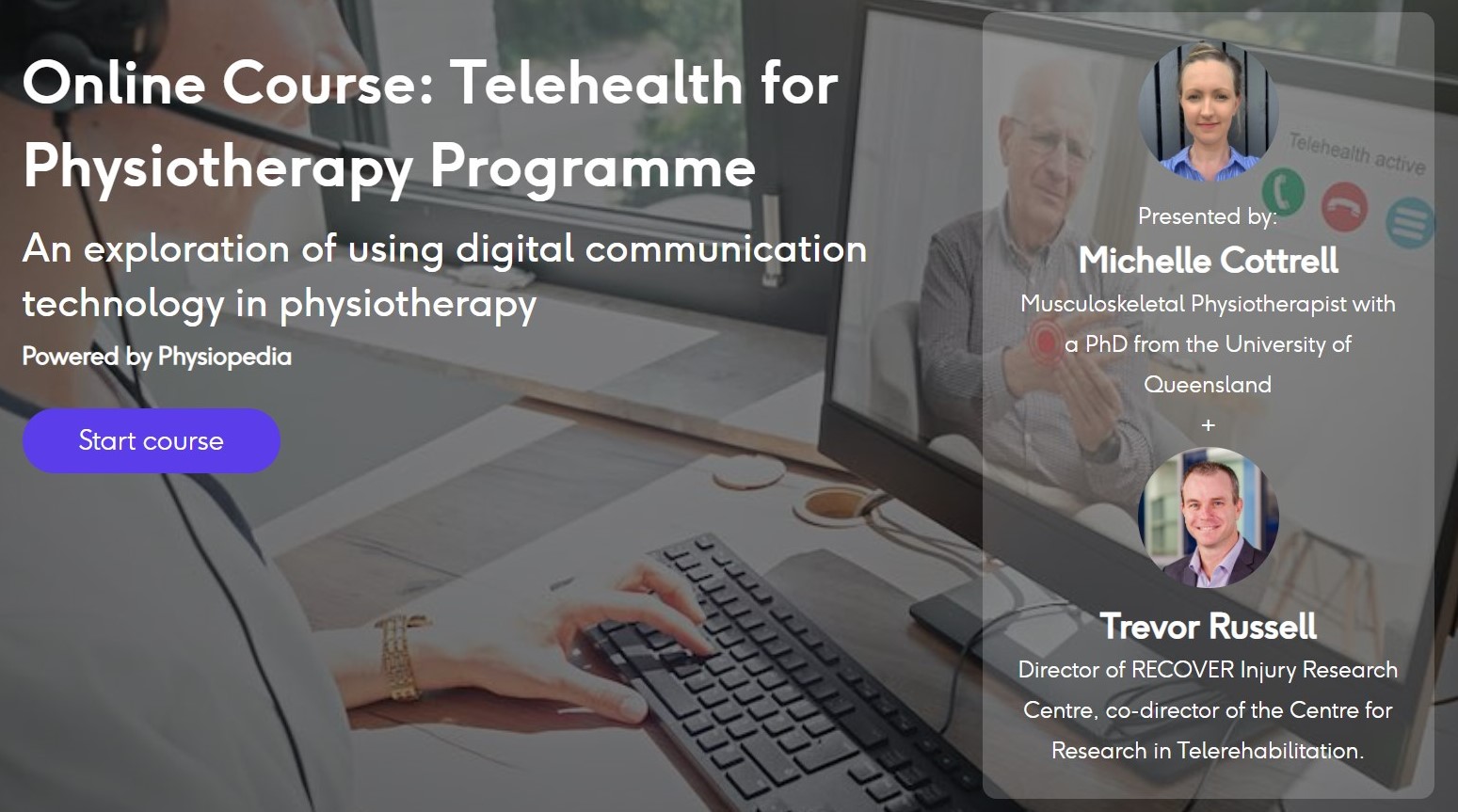About 75% of all limb fractures are reported as simple, stable fractures. For these fractures, a virtual fracture clinic can offer a higher quality and more efficient care model than conventional fracture clinics. But which fractures go best with a virtual approach?
It is estimated that approximately 10% of the emergency rooms visited require an orthopedic check-up. As the number of emergency rooms continues to rise, the demand for orthopedic services that are already overloaded is increasing. Combined with a reduced number of in-person clinic appointments and clinic rooms due to COVID-19, different care models are required to ensure that patient outcomes are not affected.
Your VFC signal path was specially developed for fractures of the upper extremities in children and for wrist and hand fractures in adults. Other VFCs target shoulder dislocation and stable fractures, while others target the lower extremities. Different VFCs develop depending on local demand and capabilities. In general, however, VFCs are used as an alternative in the treatment of frequently displaced simple fractures.
Good virtual communication is essential for successful VFCs.
A new systematic review published this week in Injury should clearly define the cohort of injuries that will benefit most from a virtual approach. This is the first systematic review to do this, and it comes at an important time as we are getting used to new ways of working.
method
The PIRMSA guidelines were followed, but the review was not registered by PROSPERO. A short and comprehensive search strategy was used and was fully published. The databases searched were MEDLINE, EMBASE, and Cochrane Library. A minimum of three is expected to be used, and according to Cochrane, these three are generally considered appropriate.
The methodological quality of the evidence included was assessed using the Cochrane Collaboration Risk of Bias Tool. The data extraction included patient data, clinical results, patient reported results, and cost analysis of the clinic visit. The data were analyzed with SPSS.
A total of 15 studies were included for analysis; this was based on an initial Serach result of 13,555 studies. The 15 studies included a total of 11,921 patients, 52% of whom were men with a mean age of 41 years. It's worth noting that more than half of this patient population came from a single study.
Frustratingly, some of the studies only reported fractures as “simple” or “stable”, which makes the overall analysis difficult, since unclassified fractures do not contribute to answering the hypothesis.
Results and clinical implications
The results of the system are below.
The discharge rate to the general practitioner / physiotherapy was 65.7%
81% of the patients were satisfied with VFC
The average cost savings per patient with VFC pathway was £ 53 compared to TFC
Most of the evidence is for metatarsal and radial head and neck fractures
There is limited definitive evidence for all other types of fractures supported in VFCs, but that doesn't mean it isn't possible or safe
In summary, there is reasonable evidence to support VFCs for 5th metatarsal fractures with moderate evidence for radial head and neck fractures. Inadequate reporting on fracture type and location makes it difficult to draw further conclusions.
